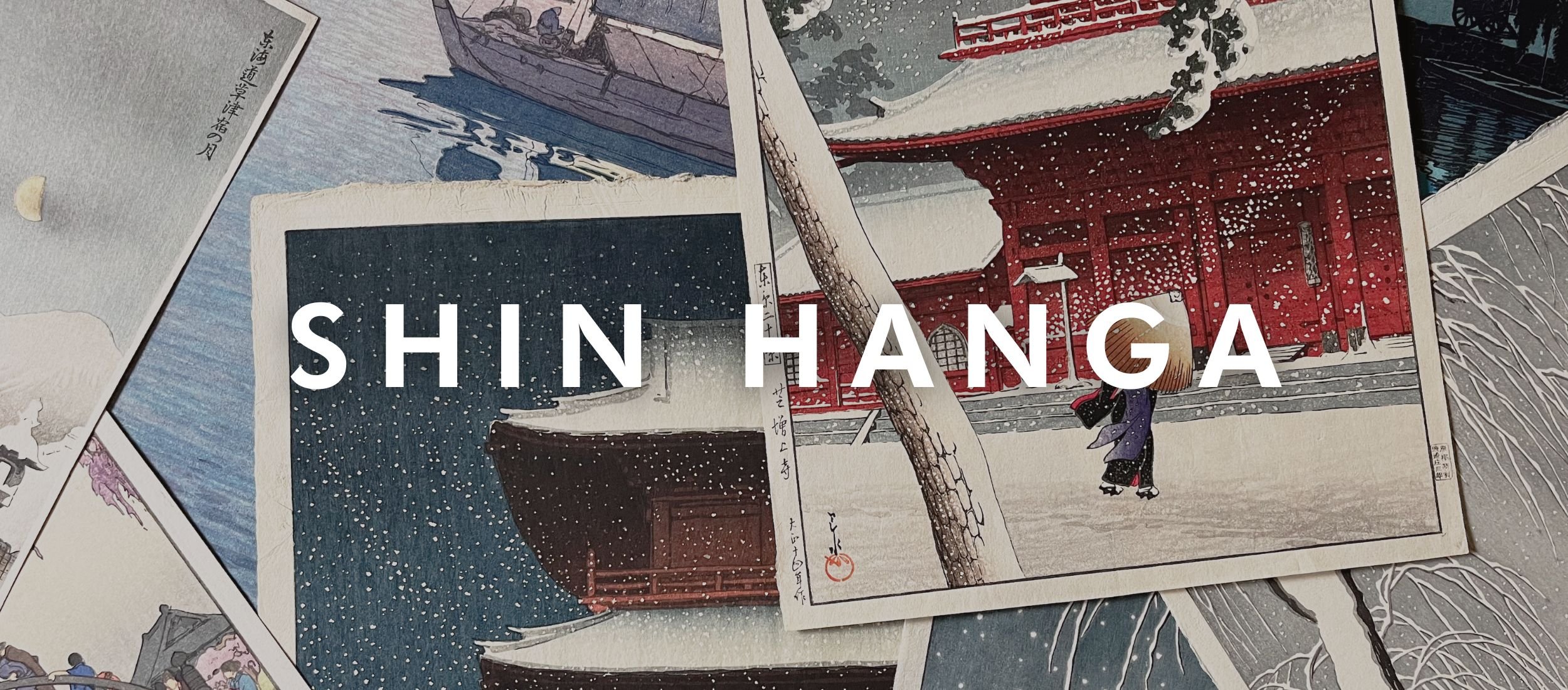
ORIGINS OF SHIN HANGA
Shin Hanga, meaning "new prints," emerged in Japan during the early 20th century as a revival and continuation of the Ukiyo-e style, blending traditional techniques with modern sensibilities. Developed as a response to the decline of Ukiyo-e and the influence of Western art, Shin Hanga maintained many of the motifs popular in earlier prints, including landscapes, bijin-ga (images of beautiful women), kacho-e (bird and flower designs), and depictions of Kabuki actors. However, Shin Hanga artists introduced more refined compositions, enhanced color palettes, and greater attention to depth and atmosphere, often incorporating Western artistic principles. Artists like Hashiguchi Goyo, Kawase Hasui, Natori Shunsen, and Yoshida Hiroshi helped lead the movement, ensuring that Shin Hanga bridged the gap between traditional Japanese woodblock printing and modern artistic expression.
HOW ARE SHIN HANGA PRINTS CREATED?
Like Ukiyo-e, Shin Hanga prints were produced with a collaborative system where a publisher hired an artist to produce a design and artisans to carve the woodblocks and printers to print the finished work.
SHIN HANGA ARTISTS
Shiro, Kasamatsu, 1898-1991
Shoson, Ohara, 1877-1945
Shuho, Yamakawa, 1898-1944
Shunsen, Natori, 1886-1960
Taisui, Inuzuka, fl. 1929
Takashi, Ito, 1894-1983
Toraji, Ishikawa, 1875-1964
Toyonari, Yamamura, 1855-1952
Tsunetomi, Kitano, 1880-1947
Yoshida, Fujio, 1887-1987
Yoshida, Hiroshi, 1876-1950
Yoshida, Toshi, 1911-1995
Goyo, Hashiguchi, 1880-1921
Hakuho, Hirano, 1879-1957
Hasui, Kawase, 1883-1957
Hiroaki, Shotei, 1871-1945
Hoson, Ohara, 1877-1945
Kiyoshi, Kobayakawa, 1897-1948
Koitsu, Ishiwata, 1897-1957
Koitsu, Tsuchiya, 1870-1949
Koson, Ohara, 1877-1945
Kotondo, Torii, 1900-1977
Oda, Kazuma 1882-1956
Shinsui, Ito, 1898-1972
Shin Hanga Japanese Woodblock Prints


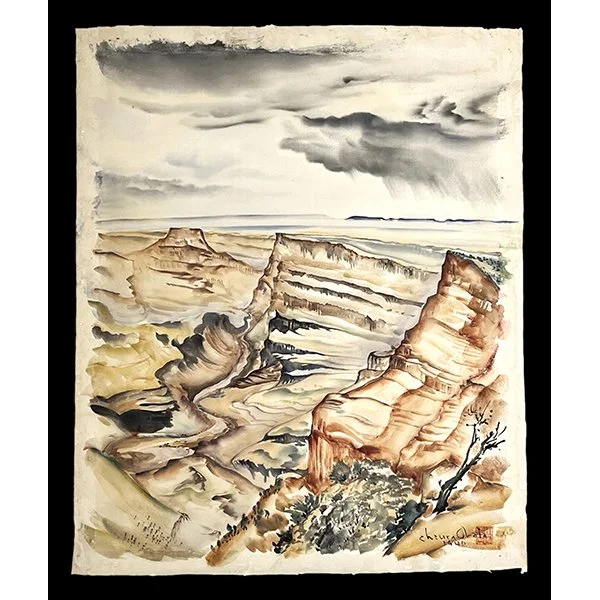



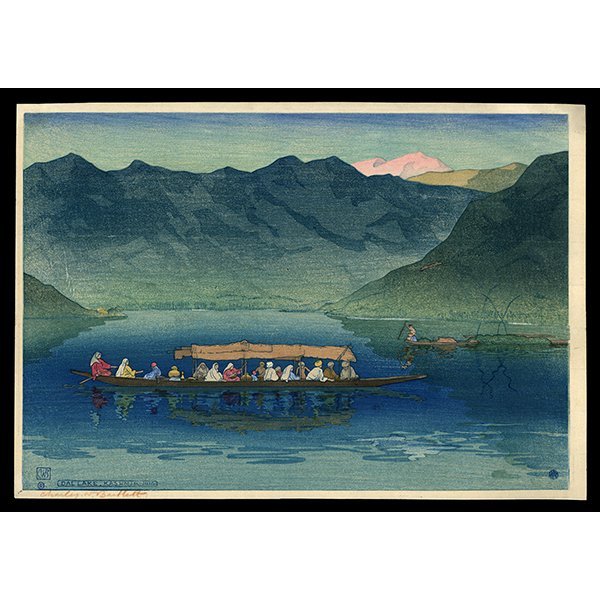
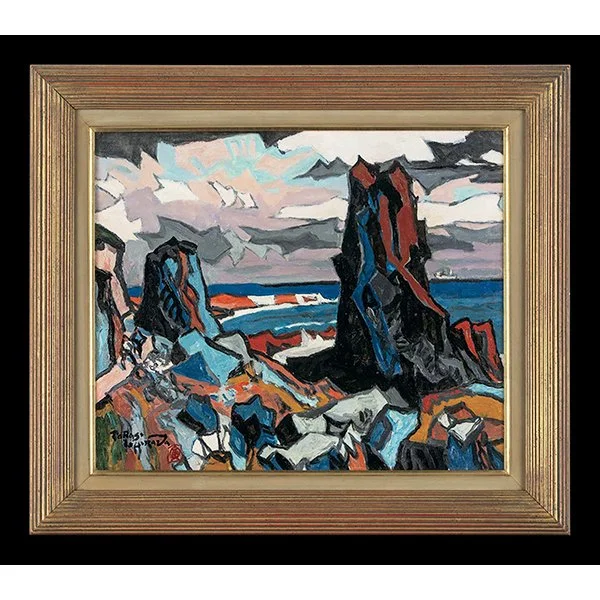
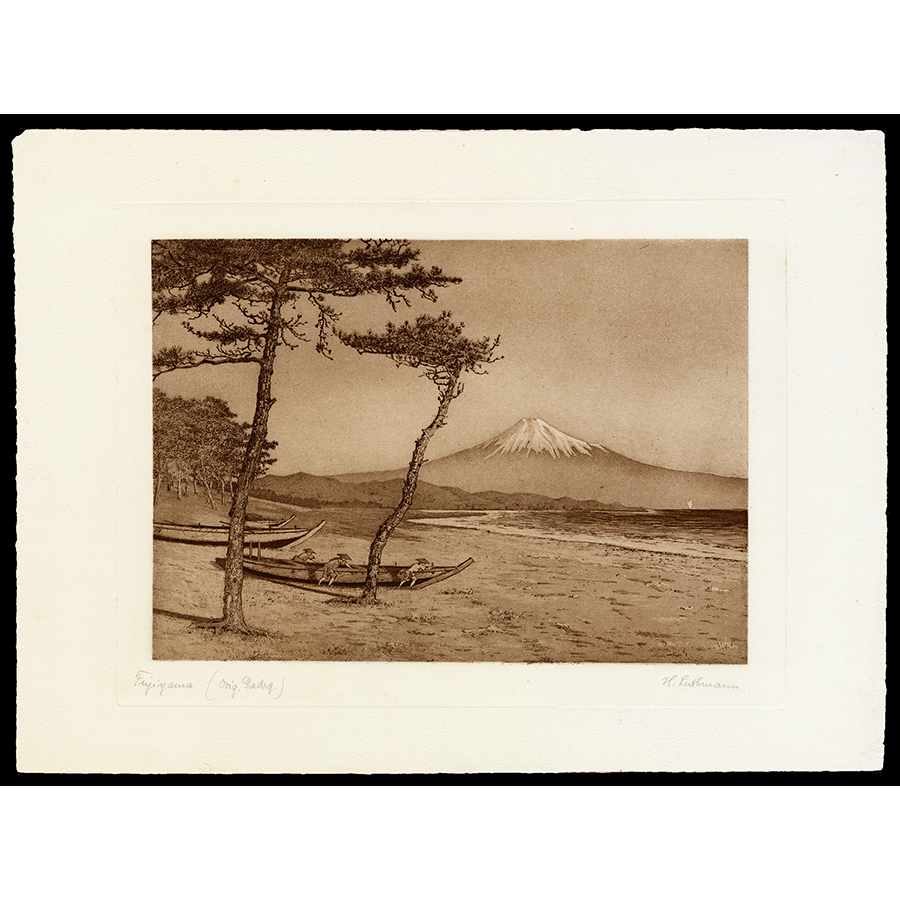

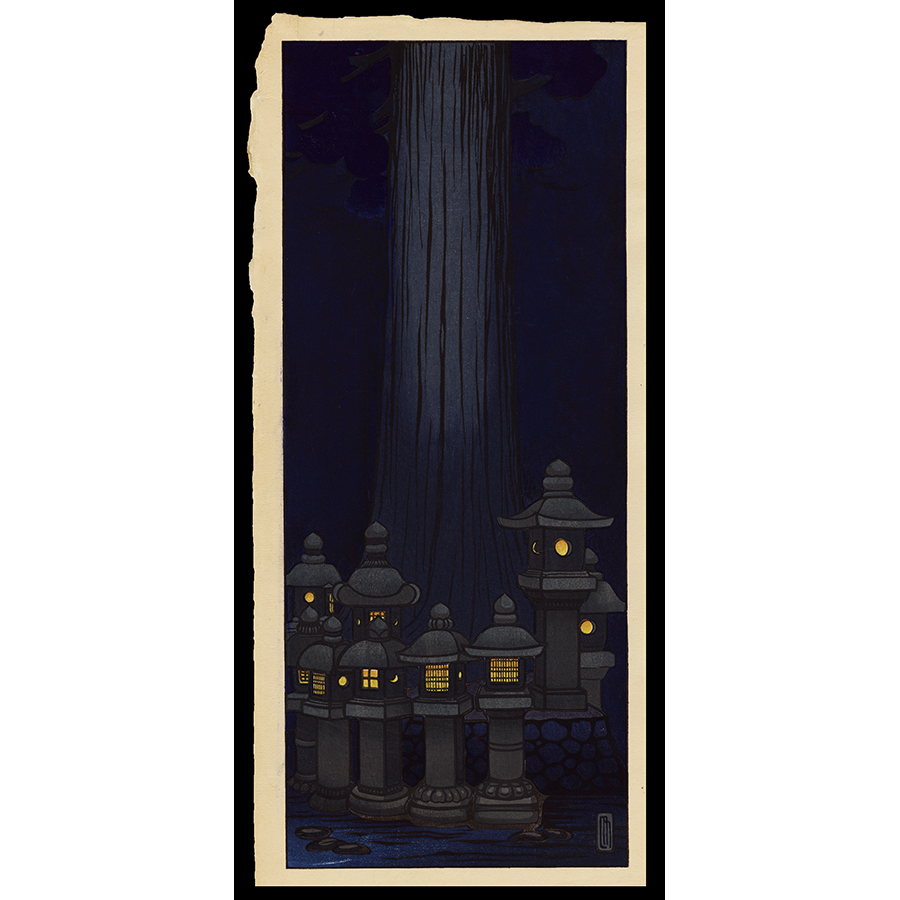






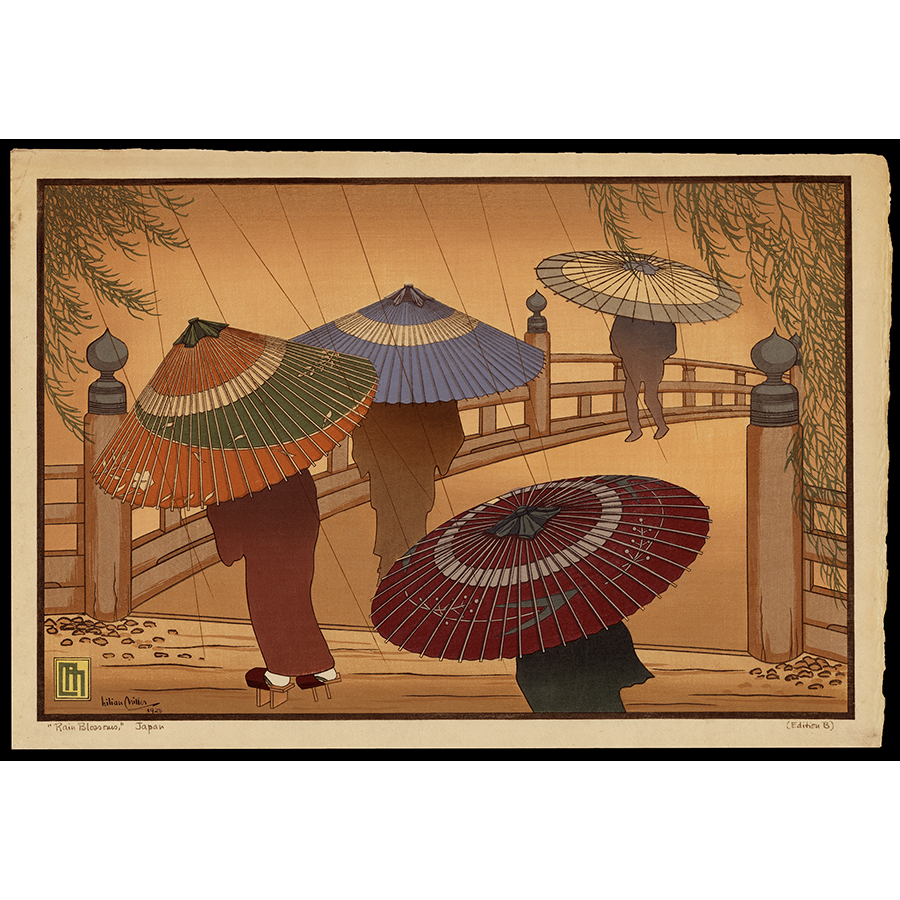

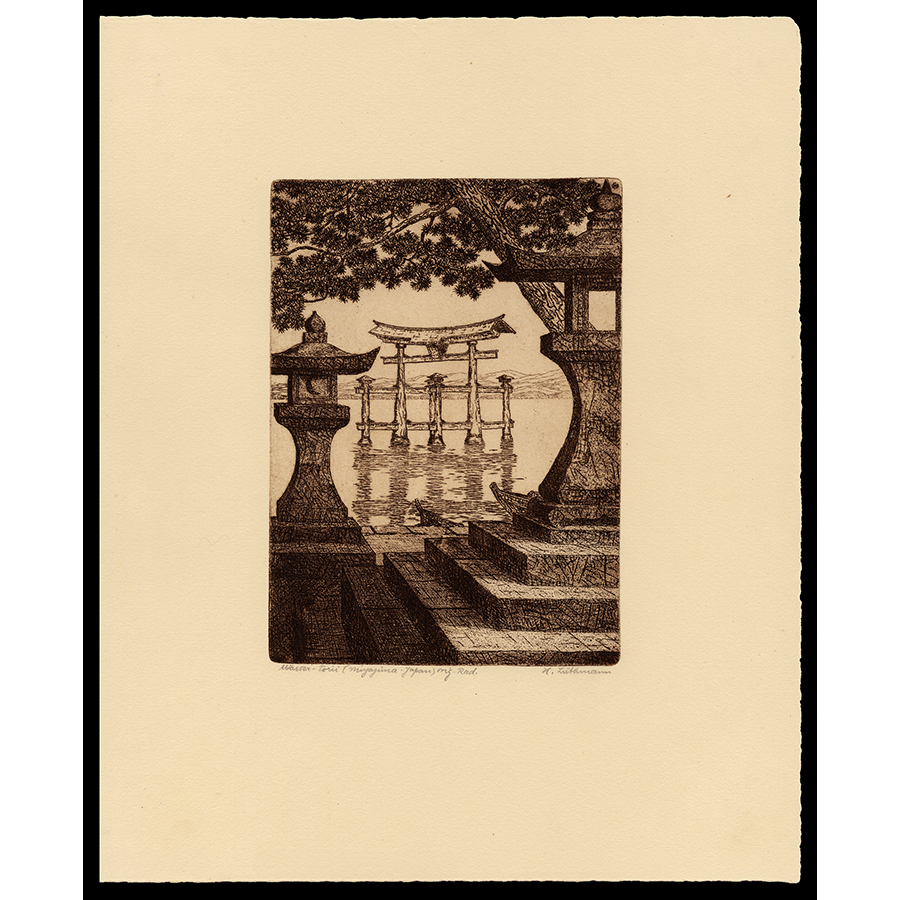


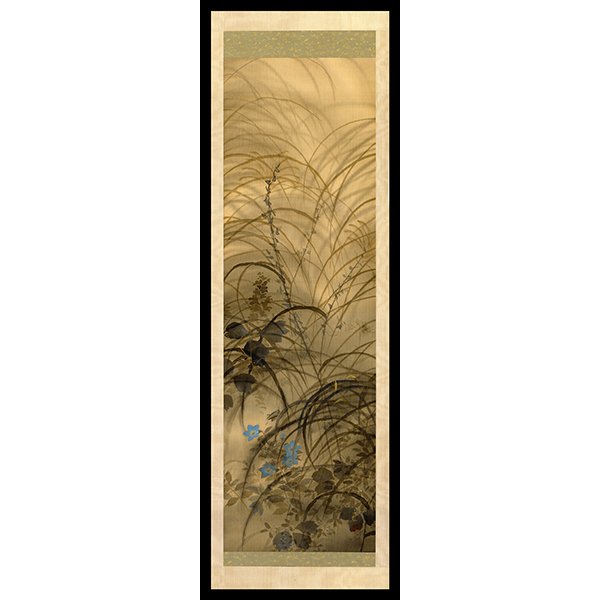


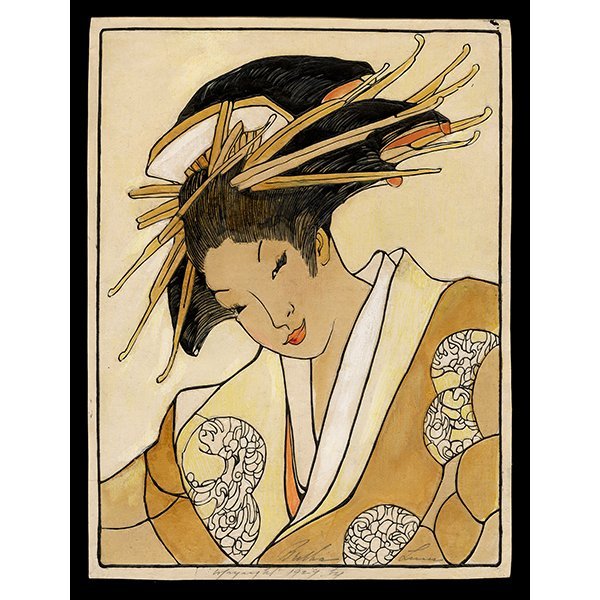
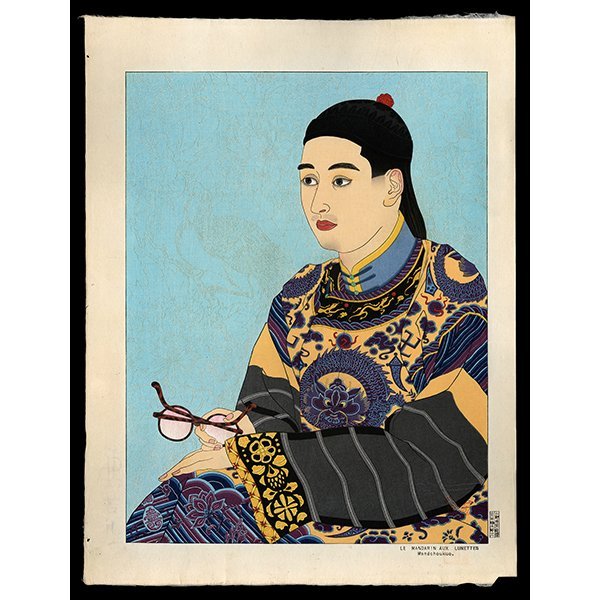
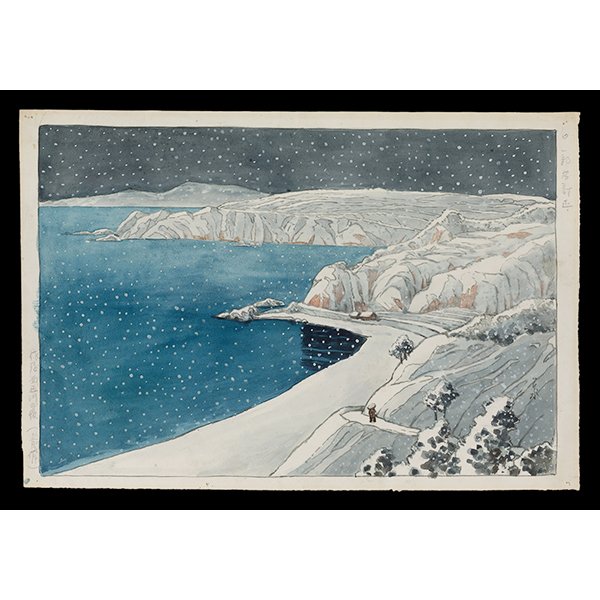



1910
$800